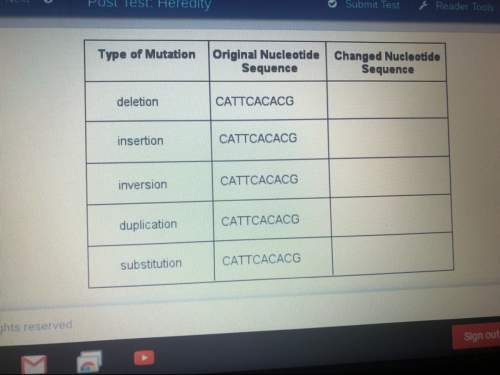
Mr. Devereaux's students were in science lab trying to identify biomolecules: carbohydrates, fats and proteins. During the lab experience, Assistant Principal Haskins came in to evaluate the teacher and the learning environment. Ms. Haskins reacted positively to the fact that the students were conducting a hands-in investigation, but she reacted negatively to the overall classroom environment. Take a look at one lab group. Justify Ms. Haskins' concern. What procedures should Mr. Devereaux have followed before the lab began?
a.
He should have checked each student group before letting them begin work as well as monitored each lab station during class. Two students in this picture should modify their appearance to maximize safety and they should better organize their work space.
b.
Mr. Devereaux should reconsider what is appropriate for the students to be wearing. Instead of lab aprons, it would be best if the students wore lab coats as well as gloves. Depending on the chemicals being used, they may also need face masks.
c.
Provide instructions for the activity. Then provide the appropriate lab equipment to her students in order to complete the activity. Although the students have on lab aprons and goggles, they are not wearing gloves.
d.
Mr. Devereaux should start each day with a clean lab. Before beginning the lab, he should have cleared away all debris and non-required materials including the books and animal skulls. The best way to prevent accidents is to eliminate hazards.

Answers: 1
Another question on Biology

Biology, 21.06.2019 22:00
For a to be healthy, it has to have lots of different kinds of plants and animals. all of the different types of plants and animals in an ecosystem. name four types of ecosystems from those listed in the video. b) c) d) most living things live here. all living things depend on how an ecosystem like a game of sticks? why should we build new buildings on existing land? name four extinct species from those listed in the video. b) c) d) the best way to wipe out a species is to the largest ecosystem in the world is this percent of the world is covered by water. how many of all species in the world live in the ocean? list five things you can do to increase biodiversity. b) c) d) e) how many species are we losing per hour?
Answers: 3

Biology, 21.06.2019 23:30
Match the examples to the correct level of organization. 1. system level roses, snakes, puppies 2. organism level roots, stamens, leaves 3. tissue level bone, cartilage, blood 4. organ level heart, veins, arteries
Answers: 2

Biology, 22.06.2019 04:10
How are the reproductive cycles of a fungus and a pteridophyte similar? a)both organisms form fruiting bodies that produce diploid seeds. b)both organisms produce haploid spores and exhibit diploid and haploid stages. c)both organisms reproduce sexually when two haploid hyphae fuse. d)both organisms exhibit a diploid stage and are only able to reproduce asexually.
Answers: 1

Biology, 22.06.2019 06:30
Step 1 review the imaginary strand of dna below. note the complementary base pairs. a g c a a t c c g t c t t g g t c g t t a g g c a g a a c c step 2 to begin replicating this strand of dna, draw the two sides of the strand separating. step 3 now, draw the free-floating bases linking up with the separate sides. remember to follow the rules of complementary base pairing. step 4 draw the two resulting dna strands.
Answers: 1
You know the right answer?
Mr. Devereaux's students were in science lab trying to identify biomolecules: carbohydrates, fats an...
Questions

Health, 24.09.2019 13:00

Mathematics, 24.09.2019 13:00


History, 24.09.2019 13:00

History, 24.09.2019 13:00

World Languages, 24.09.2019 13:00


Mathematics, 24.09.2019 13:00


Arts, 24.09.2019 13:00

English, 24.09.2019 13:00


History, 24.09.2019 13:00


Health, 24.09.2019 13:00

History, 24.09.2019 13:00

Chemistry, 24.09.2019 13:00

Mathematics, 24.09.2019 13:00

Social Studies, 24.09.2019 13:00




